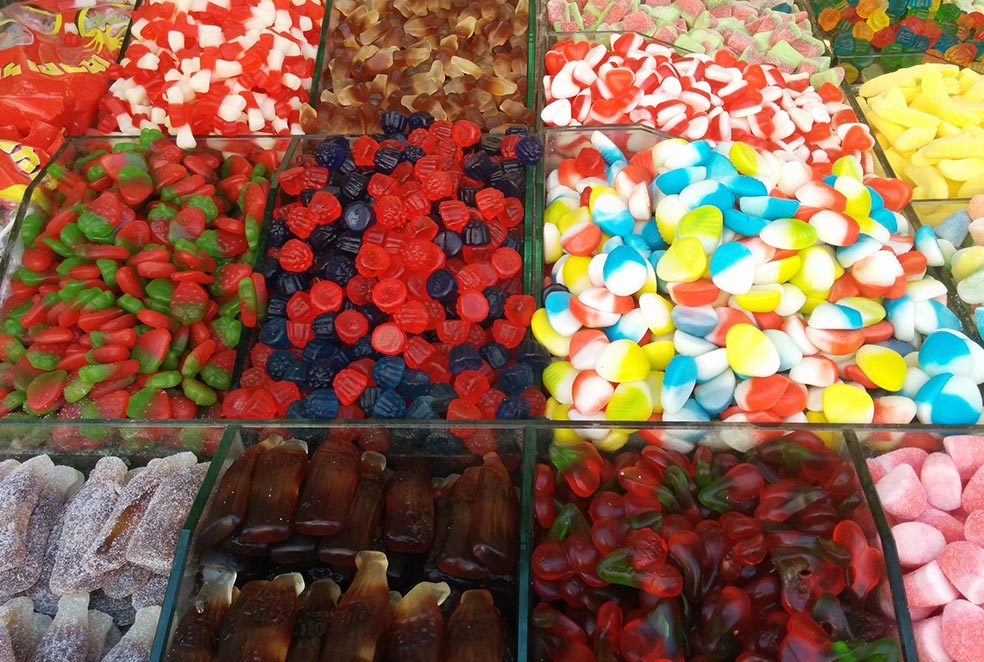Magazines. We read them. We love them. We love designing them. And they are making a comeback as brands are looking for ways to make connections with their customers that are lasting and more tangible.
Magazines offer a deep level of customer engagement that can only be achieved with the right mix of authentic, valuable and relevant content directed toward a brand’s specific audiences, and their particular interests and tastes.
A beautiful example of content marketing gone right is the Union Pearson (UP) Express’ magazine, titled: On the Up. Being the first air-rail link to welcome locals and tourists to Toronto, UP was able to develop, curate and deliver content to its passengers all about the city of Toronto. In this unique position, UP becomes a thought leader and is able to partner with and feature unique places and spots to visit around the city. With its cute size, the magazine is not quite a pocket travel book but it is small enough to throw in a carry-on or purse to keep for future reference.
LCBO has been creating noteworthy content for its customers for years with Food & Drink Magazine, with how-tos, tips and food and drink recipes that encourage a lifestyle of entertaining, made better with LCBO products. Big players like Walmart have recognized the value in providing their customers with content that feels different than their product flyers and catalogues. They developed their own store mag called Live Better, with print copies available at the store checkout lanes. Live Better is full of content that talks about everyday household situations made easier with Walmart products.
Last month, Airbnb announced its new magazine: Airbnbmag. Airbnb doesn’t own property, but it does own a valuable share of the hotel industry – a network of enthusiasts who value a certain kind of travel experience. Its hosts and travellers crave an insider’s scoop to the cities they spend time in. With this unique position, Airbnb, in partnership with global publisher, Hearst, developed the premier issue, entirely devoted to Los Angeles, California. With 28 pages of content, this magazine is described as “real information for the world of Airbnb.” There are plans to release more next year, each issue being a tribute to a different city, with the expectation that it lives on the coffee table of hosts around the world.
Why has this new sector of publishing emerged?
Sarah Schaffer, content studio manager at HZDG advertising agency explains that with access to so much information, new “enthusiastic audiences interested in hyper-niched subject matter” have developed, opening the doors for this new arena of marketing potential. Sarah’s team notably created a niche-magazine called Sous-Vide for their client, Cuisine Solutions. Instead of a traditional ad campaign, Cuisine Solutions decided to invest their efforts into an ad-free brand publication, which was chock-full of fresh content developed by the advertising agency.
Rather than pushing the traditional 12 issues a year model, brands are embracing a publishing schedule that is completely their own, where they can produce one or two magazines a year and create impact. This kind of freedom means publications are only going to get better and better.





















